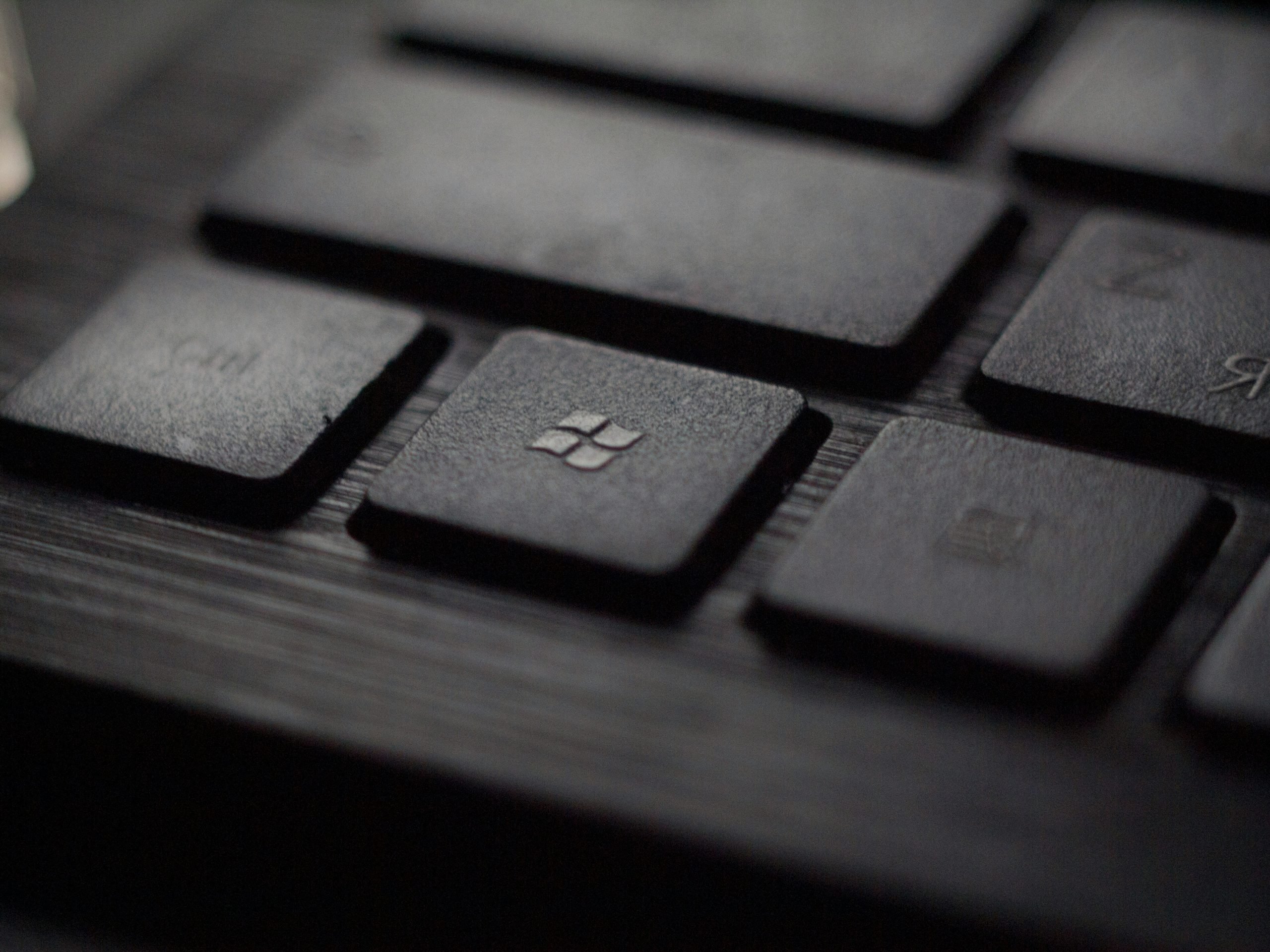Proper planning is the first step towards the successful migration of the local Exchange Server on Microsoft 365. In this article, we will discuss how to plan such a project of migration on Microsoft 365. .
Migration from the local Exchange server on Microsoft 365 should be trouble-free for businesses, administrators and technical staff in charge of migration, as well as for users of e-mail, calendar, sending messages and office tasks. The process should ensure that all information is migrated with full data integrity.
Inventory and preparation
Make an inventory of all the means on the local server. These include mailboxes, distribution groups, shared mailboxes, archives and public folders. Fill the mailboxes that you want to skip or convert to shared mailboxes from migration.
Go through the license assignment according to the user needs. The following Microsoft 365 licenses are available:
- Microsoft 365 Business Basic: Clipboard 50 GB and Archive 75 GB, OneDrive 1 TB.
- Microsoft 365 Business Standard: All functions of the Basic Plan Plus Package Office.
- Microsoft 365 Enterprise E3: Mailbox 100 GB, with unlimited archive and Office package, which can be used through a remote desktop.
Migration strategy
Users should be informed of the project in advance and at every stage.
Ensure that the business is not interrupted when interrupted. Ideally, this is happening at the weekend or at a time when the company is not working. This ensures the necessary time for migration and access to resources in case something goes wrong. Once the date is set, inform the user and sponsors of the project.
Users’ training: It is important that users are on board and are satisfied with the features of the new system. The Microsoft 365 brings several new tools that can increase productivity and offer more services on user mobile devices.
It is important that users have training on a new platform. Ask some users to test applications just before the migration date to make sure that the tools and work environments are practical in their respective work settings.
During the migration process, administrators should ensure that all e-mail addresses, domain, resourcesand DNS changes They have been completed to ensure the flow of e-mails-internal and external-via the Microsoft 365.
After migration, users should have updated authentication methods, even on their mobile devices, and should have access to support in case of any problems.
After migration, eliminate local servers from operation and clean the Active Directory database. Check out the blog post How to exclude Exchange Server from operation after Migration at Office 365, where you will find help to a process that covers the elimination of one Exchange server from operation.
Data migration
You can choose from the following migration methods when migrating from Exchange Server on Office 365:
- Transition migration
- Gradual migration
- Hybrid migration
Transition migration It is best for small organizations with a small number of mailboxes and the method includes the transmission of all mailboxes at the same time. Users can continue to use their mailboxes during the process, but there may be some outage. Please note that no public components can be migrated directly by this method.
Tea stage migration The method is best for organizations using older versions of Exchange Server (2003 and 2007). This method allows migration in doses, so it is more systematic than Cutover migration. However, this is not recommended for newer versions of the local Exchange server.
Tea hybrid migration This method is best for large organizations that need a gradual migration or period of coexistence, using simultaneously local Exchange and Office 365. However, this method may be lengthy and complex and public components will require separate migration scripts.
Alternative: Third -party migration tools
You can use applications like Stellar Converter for Edb for the smoother transition to the cloud. The application can open live or orphaned databases and export EDB data directly to Microsoft 365 or other Exchange Server, automatically map from source to destination.
Tasks after migration
After migration, consider cleaning data on the original Exchange server and exporting existing data for archiving. If there was no information during migration, you may need to extract data from the backup. Stellar Converter for EDB can help extract such data.
Conclusion
As you have seen, many technical and non -technical steps are needed to ensure smooth migration on the Microsoft 365. It is important that all parties involved are updated and involved in the project. Since the Microsoft 365 offers plenty of new improvements and tools for cooperation, migration is worth the company. This process is complex and requires technical knowledge, but software like Stellar Converter for EDB can migrate data with fewer problems and maintain your company’s integrity.
(Image source: Unsplash)
